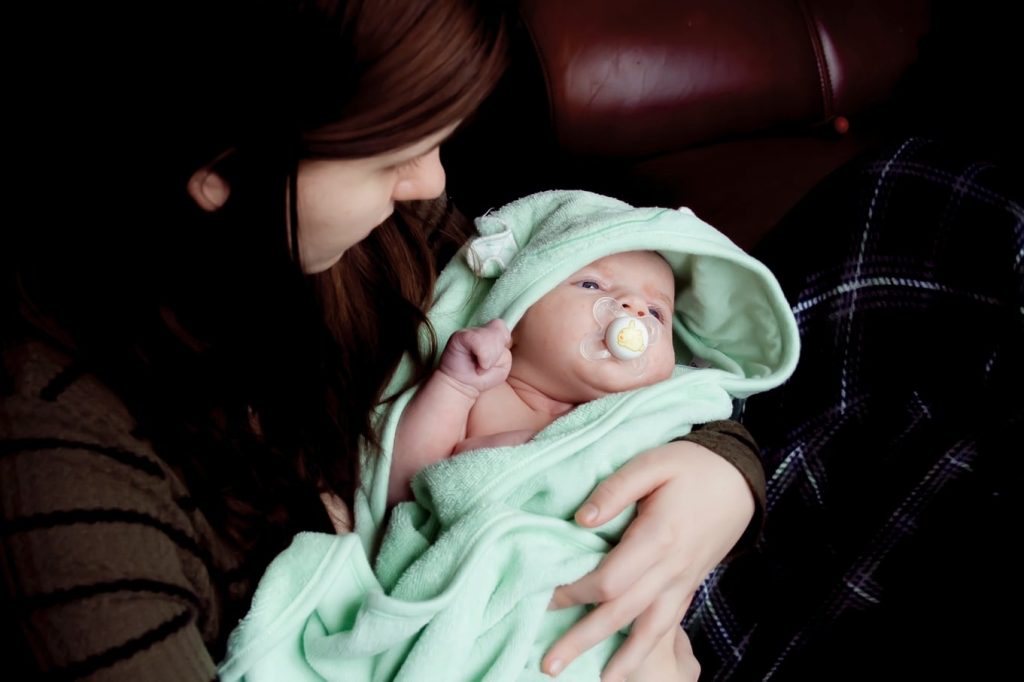How grapefruits reminded me of the power of storytelling

How Grapefruits Reminded me of the Power of Storytelling According to Speech and Hearing BC, 29% of children arrive at kindergarten struggling to be able to tell a story. Did you know that telling your children stories helps them develop their storytelling skills? Storytelling uses language to connect your child to people, events, concepts and humour. Stories teach sequencing, improve […]
Expand Language with Water Play!

Expand Language with Water Play! Summer is here! It’s hot! But, that’s okay for preschoolers because they LOVE playing with water. Sprinklers, water balloons, water blasters, water parks, kiddie pools and the beach. I remember when my kids were little we set up the sprinkler under our trampoline for cool bouncing on hot summer days. […]
The magic sound every child needs to learn!

The Magic Sound Every Child Needs to Learn! There are various factors I consider when choosing which sounds to focus on first in speech therapy. Is the sound in the child’s own name? Is it an earlier developing sound? Is it a high frequency sound? Can the child make the sound with assistance? One English […]
Accent Reduction Part II: Why I talk about Coconuts in Accent Reduction Training

Accent Reduction Part II: Why I talk about Coconuts in Accent Reduction Training For non-native English speakers, it can be extremely difficult to reduce their accents on their own using accent reduction tools. The main reason for this is that it’s hard to hear the difference between the sound they are trying to make and […]
Accent Reduction Part I: Why I talk about starfish in Accent Reduction Training

Accent Reduction Part I: Why I talk about starfish in Accent Reduction Training One of the benefits for non-native English speakers who participate in Accent Reduction Training is gaining a greater confidence in speaking situations. For instance in an interview, a presentation, a phone call or a meeting. An often overlooked factor in accent improvement is the impact […]
The Secret to Reading with Preschoolers

The Secret to Reading with Preschoolers The secret to reading with preschoolers is…. make it FUN! “No kidding” you say. Yes, really! For years I have witnessed too many loving and well-meaning parents read to their toddlers with a rigid focus on the story. The truth is, young children learn best by having enjoyable interactions, not by […]
The Unknown Risks of Pacifiers

The Unknown Risks of Pacifiers Using a pacifier can be an easy and effective way to help your baby fall asleep. However, pacifier usage does have its drawbacks. Among the most significant, is the increased risk of developing ear infections. Ear infections are twice as common in children who use pacifiers. Sucking on a pacifier […]
The One Question I Am Asked Most Often

The One Question I Am Asked Most Often The one question I am asked most often is from parents wanting to know if their child has the level of speech and language abilities that are expected at his age. First-time parents especially, may not have previously witnessed a child moving through the stages of development. In such […]
Celebrate Your Connection

Celebrate Your Connection For many, December is a time of reflection and planning for the year ahead. I invite you to set aside a few moments to reflect on your most memorable interactions with your children this past year. Next, celebrate yourself for your role in creating those memories. It may have been a moment of […]
Top Christmas Toys to Help Your Child’s Language Development

Top Christmas Toys to Help Your Child’s Language Development We are quickly approaching the busiest shopping season of the year. And parents will spend countless hours searching for the best Christmas toys for their children. Your mission, should you choose to accept it, is to identify toys that are safe, fun and support your child’s development. […]
